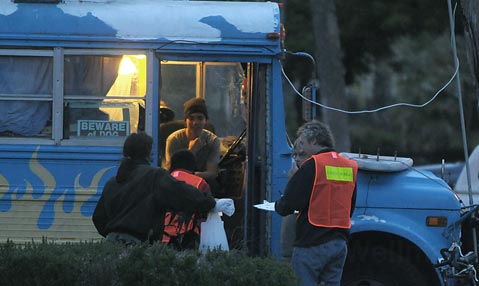How to House Goleta’s Homeless?
Housing Workshop Asks Residents for Comment

Needs, gaps, and priorities for homeless services in Goleta await public input at a meeting Wednesday afternoon, part of the city’s planning effort to bring the city’s homeless population indoors again. Mayor Paula Perotte, who has worked on the issues surrounding homelessness for many years, said the city needed to figure out how best to use available grants from the state and federal government. “Let’s see what will really work for Goleta,” she said.
Perotte noted that the biannual survey of homeless people has found that most grew up in Santa Barbara County and often on the South Coast. “We do need more supportive housing,” she said, pointing out that Goleta has no shelter or warming center for its homeless population, which was 119 people in the January 2019 count, 41 without shelter and 78 living in their cars. “Maybe we can convince more landlords to take Section 8 tenants,” she suggested, “and our inclusionary rental ordinance just passed. Maybe that will help.”
The city’s updated inclusionary rental ordinance requires new developments of five units or more to have at least 7 percent that are for low-income households. When it was approved by Goleta’s City Council on December 3, several developers complained that the low-income requirement would make it more difficult to fund housing projects. Councilmember Roger Aceves thought it would be a disincentive, not an incentive, to build the housing the state required. The problem was nationwide, Councilmember James Kyriaco said, fresh from a League of Cities conference. It wasn’t just a matter of the cost of housing, he said, but also the economic impact of a person who gains shelter or the effects of not spending half of one’s income on housing alone.
The public workshop takes place Wednesday, December 11, 4-6 p.m., at the Goleta Valley Community Center at 4679 Hollister Avenue. A kids’ station will free up parents to talk with staff — in Spanish and English — and a number of housing organizations will be on hand. As well, the city asks residents to complete a homelessness survey, also in Spanish and English . “It’s important that we hear from our residents,” said Perotte.



